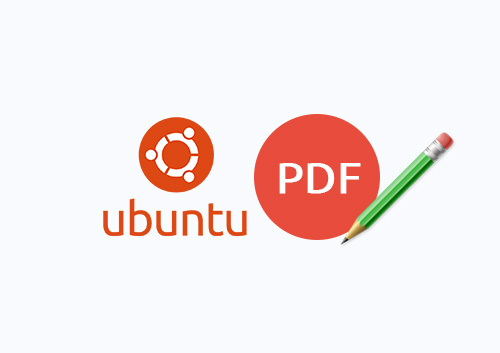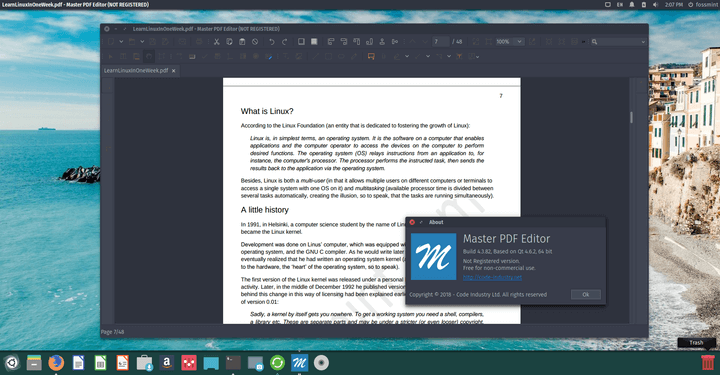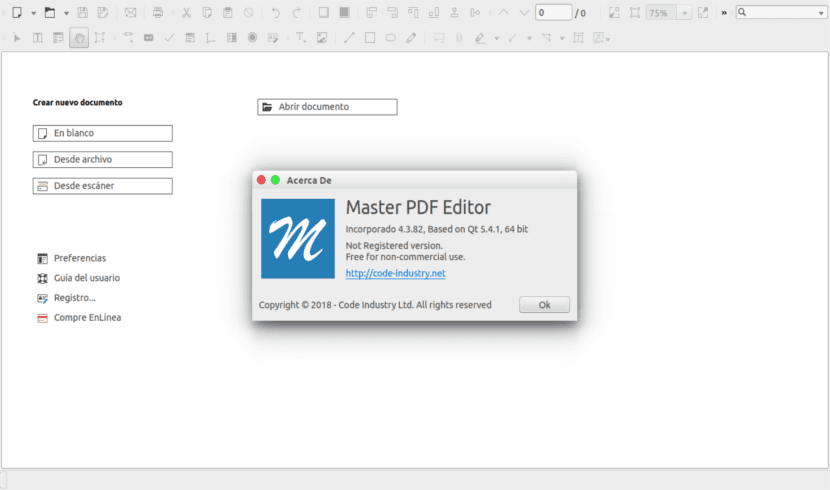


You’ll immediately see its user interface is more feature-packed than Document Viewer, so let’s see what additional tools it offers for interacting with PDFs.įirst, it offers additional ways of selecting content: in addition to the basic text selection tool (click and drag to select one or more lines of text), there are area and table selection tools. Once installed, Okular can be opened via the Launcher. Okular is available through Snap and the Software Centre, but if you’ve installed Flatpak you can install the very latest version directly from the command line: It’s a universal document viewer with more flexible viewing and text selection options, plus it enables you to annotate PDFs in several different ways. Simply double-click a PDF file, and it’ll open in Document Viewer. It’s pretty basic but does provide all the core functionality you need for viewing PDFs. Most distros ship with tools for viewing PDFs (along with other files) – in the case of Ubuntu that tool is evince, better known as Document Viewer. You’ll be able to generate a PDF from the entire document or by selecting specific pages. Select the ‘Print to File’ option and make sure the output format is set to PDF. Other programs – if they support PDF directly – should work in a similar way, so look under the Export or ‘Save as’ menus for options. You’ll see lots of different options are available, which you’ll come to understand better later on in this tutorial – for now, in most cases the default settings are fine, so simply click Export.

In LibreOffice, for example, choose ‘File > Export as > Export as PDF’ to generate a PDF from your Writer, Calc, Impress or Draw document. The easiest way to generate them is from existing documents. Creating PDFsīefore we delve any deeper, let’s quickly recap how you can create PDF files of your own. In this tutorial we’ll reveal what free PDF tools are available in Linux, plus how to use them to meet your every PDF-related need. And if the PDF is a ‘true’ one ( see the box right), you can even edit its content and layout.

Armed with the right tools you can search them for specific text (then extract that text), annotate them, add comments and even use them like digital forms, filling in sections by typing text or selecting from drop-down menus. It solves a very simple problem: how do you ensure that a file you share with other people looks identical on their computers even if they don’t have access to the application in which it was created?Īfter starting off as a simple way of sharing and displaying documents in a consistent way, PDFs have evolved to become ever more useful. The humble Portable Document Format file (PDF to its mates) is one of the most versatile formats you could ask for.


 0 kommentar(er)
0 kommentar(er)
